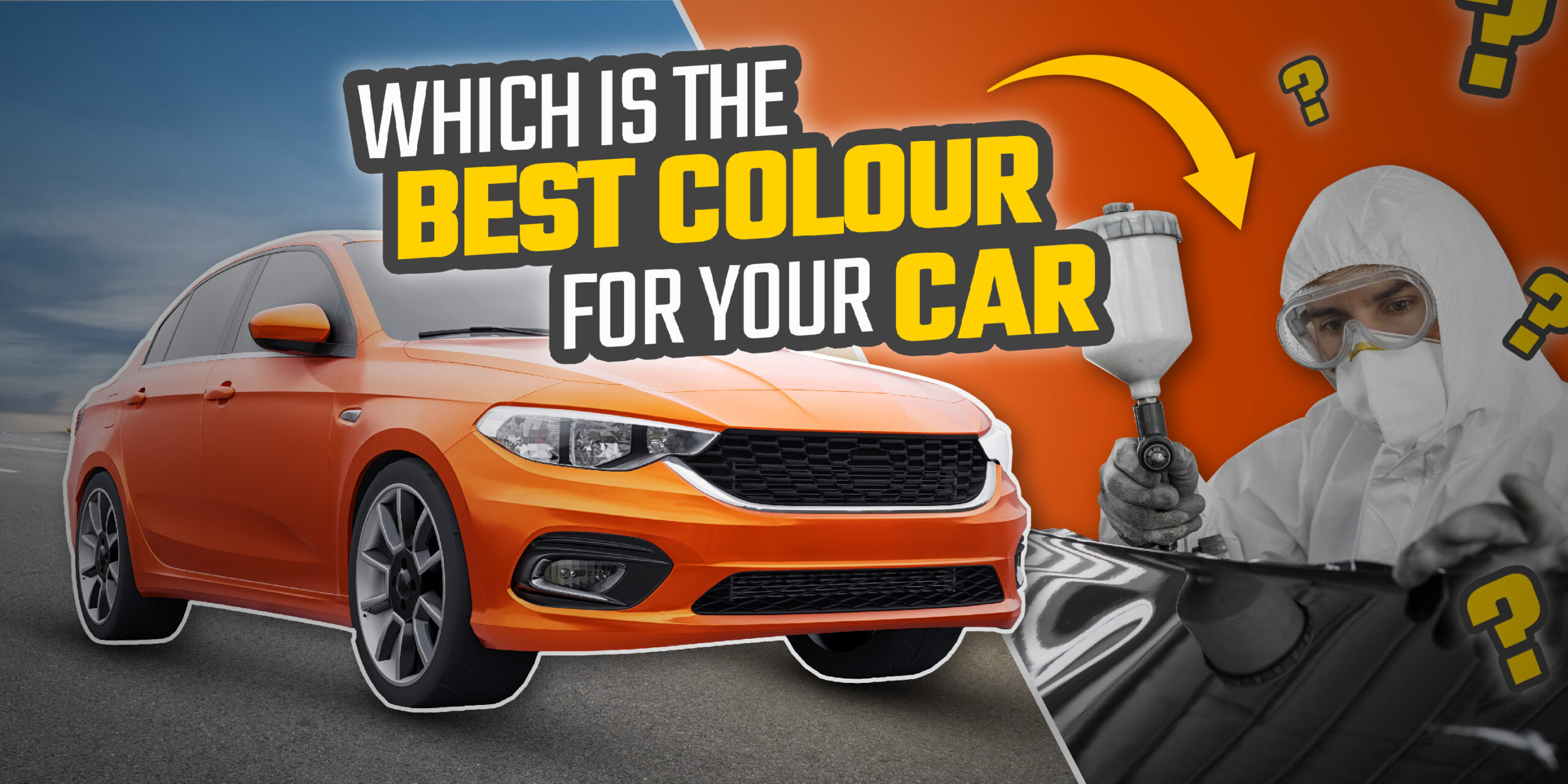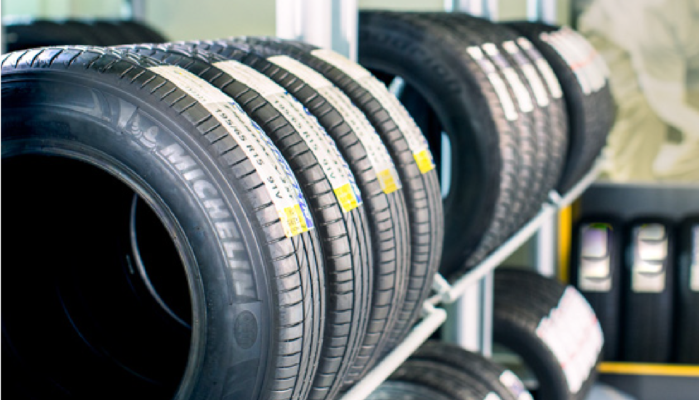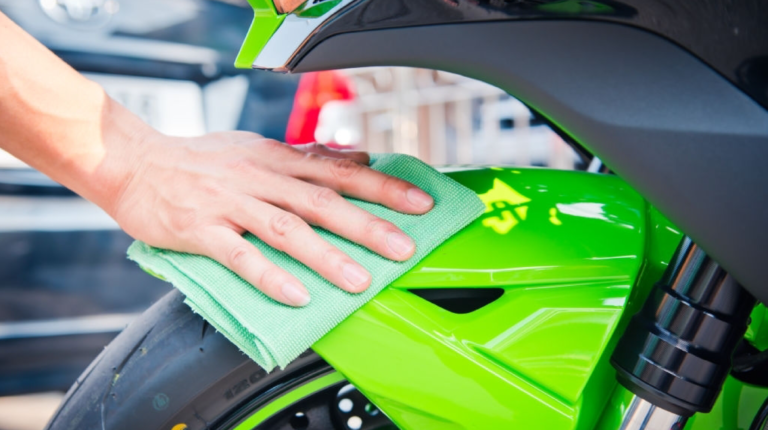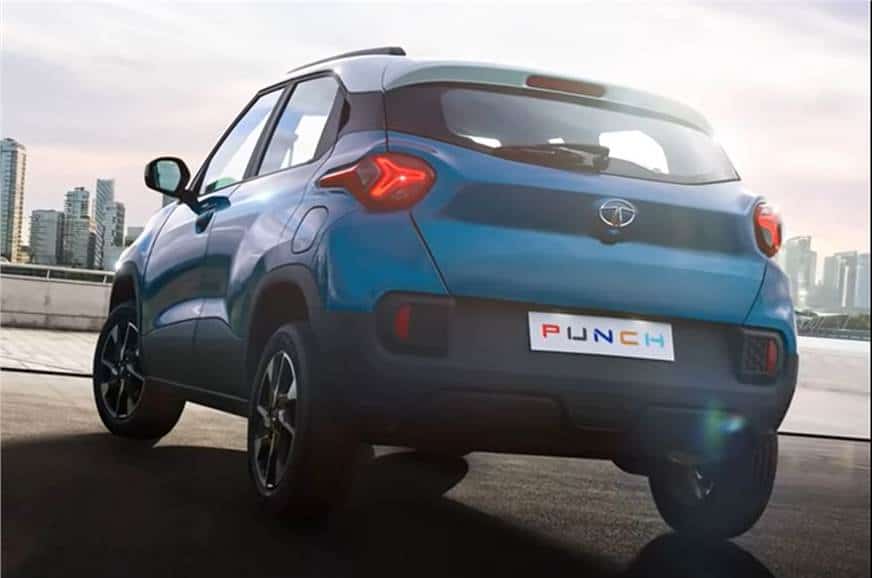
One of the first question that comes to mind when buying a new vehicle is, ‘which color is best for car’? Its not just a reflection of your personality or style, the choice of car color is important when you consider road conditions, resale value, current trends, visibility, safety and even cultural preferences. This blog will look into how this seemingly simple decision has the power to shape both the appearance of our car and influence our experience on the road.
How Do You Decide Which Color is Best for Car?
Selecting the perfect colour for your car is more than choosing a shade you like. Of course, we associate red with a sports car, and luxury cars often come with either black or white colours. However, there is a science behind the decision-making process. Let’s break down the factors to help you with the best colour for car.
Style
Think of your car as a canvas upon which you are painting a picture. What colour would you choose from the palette? Are you drawn to a fiery red or sophisticated sky blue. Perhaps you want to make a statement and be seen with a bright yellow. The colour you choose best communicates who you are and what you want others to think of you.
Resale Value
While your heart may sway towards that shade of British racing green, your head might be telling you that white will give you better resale value after a few years. Other colours like black, grey and silver tend to timeless and always in demand. This ensures your vehicles holds its value in the future. Imagine how much more a red Ferrari will fetch over yellow one. Also, keep an eye on current trends that will help you align your choice with market preferences.
Climate
Weather patterns also play a role in the deciding which colour is best for car. If you live in an area with intense sunlight, a lighter colour will help reflect heat and keep your car cooler. On the other hand, darker colours are great for hiding rain spots, mud and stains.
Checkout here Discover Ultimate Secrets on How to Protect Car From Sunlight
Maintenance
The practical aspects of maintaining your paint cannot be overlooked. In places with a dusty environment, lighter shades will make dirt easy to identify, so that you can quickly clean your car. A darker colour requires more detailing and upkeep, however, they are good to cover up scratches and imperfections.
Cultural Significance
Traditions and customs can determine the best colour for car in India. White is often seen as a symbol of purity and can be a sign of good luck in other countries as well. These meanings can influence your choice of paint colour for your car.
Personal Choice
While trends and practicality provide guidance to a certain extent, your individuality also plays a big role in deciding which color of car is best. Your car is an extension of your personality, and if a particular shade resonates with your identity, it can be a powerful statement of self-expression.
Harmony with Surroundings
Will your car stand out in a city landscape or blend in with its environment. Strike the right balance between visual appeal and overall presence.
As you navigate your decision on which color is best for car, remember to take into account your desires, practical needs and environment. By understanding the significance of each of these elements, you’ll be better equipped to make a choice you will not regret.
Matching Colour to Car Type and Usage
Different vehicles have distinct traits and purposes, and the colour you choose can amplify these qualities. Tailor make your choice of colour depending on various vehicle types:
Sedans and Luxury Cars
You can expect a sense of sophistication from a family sedan with shades of colour that enhance their elegance and grace.
Deep metallics colours of blue, dark grey and maroon can exude the rich luxury factor. You get a premium status with these types of colours.
Classic neutrals such as black and white, even silver is synonymous with high end luxury cars such as Mercedes, BMW and Audi. They are a timeless choice and evoke a sense of opulence and premium status.
Dark tones such as midnight black and deep charcoal add an aura of mystery to sedans, highlighting their authority. Think of embassy vehicles with an official flag on the hood. You can’t help but salute when they pass by.
Lighter tones such as pearl white can bring out a vehicle’s graceful lines and contours. Imagine a Porsche Panamera driving around with a sporty yet sophisticated look.
SUVs and Offroad Vehicles
If you are looking for rugged adventures and exploration, the right colour can complement your spirit.
Earthy tones inspired by nature such as forest green or sand dune brown resonate with the outdoor vibe of SUVs. These shades connect with their natural surroundings.
Bold reds and orange reflect energy and excitement. Red is a popular colour for the Mahindra Thar which makes the vehicle stand out on the road and the trails.
Camouflage greens are great for off road enthusiasts and for vehicles inspired by military service. Army green is the standard for our security force’s trusty Maruti Gypsys as they are able to blend with the surrounds and can offer a stealth mode on a mission.
Easy to clean colours make sense for a car that is exposed to mud and dirt on a regular basis. Tan and sand beige can make maintenance a little easy.
Compact Cars and hatchbacks
Choose colours that influence your perceptions of fuel efficiency and urban sustainability.
Cool blues and greens are often associated with eco friendliness and fuel efficiency. These colour shades subconsciously create a perception of environmental consciousness.
Bright colours like yellow and orange contribute to a cheerful vibe, which is perfect for a budget-oriented car.
Urban greys blend well in city environments and convey a sense of practicality and adaptability.
Economic whites are a popular choice of compact cars as the car look larger among bigger sedans and SUVs.
In the end, go for a colour that captures the essence of what your car was designed for. The right colour can amplify your car’s identity on the road.
Discover the difference between wraps and paints if you are unsure about your new car colour or just want a change.
What’s The Best Colour For Car In India?
In India, crowded streets are the norm and road conditions vary from smooth highways to pot holes and dust laden lanes. This is where the choice of colour becomes more than a matter of aesthetics. It requires a strategic decision that can take on the challenging environment. Its not only dust, dirt and pollution that can impact appearance of your car, think of the Indian monsoon and unforgiving summer. They can really do a number on a car with the wrong colour. Let’s look at some choices of colour for your car that are perfect for Indian road conditions.
Dark Colours and Dust Magnets
Dark shades like black and deep blue may seem like a good choice but they tend to attract dust particles. Overtime they can lose their shine, making frequent washing a necessity for their appearance.
Scratch Visibility
No one likes to see a scratched exterior, but dark colours can accentuate scratches and minor imperfections. With the amount of road debris, you can have quite a messy looking car in no time.
Heat Absorption
A black car will literally bake in the sun, making the interior uncomfortable on a hot day. The Ac will not be able to cool the cabin as required leading to excess fuel consumption.
Practicality and Low Maintenance
Lighter shades like white, grey and silver are the most popular colour for cars in India. It is easy to wash a light-coloured car when you can focus on areas that need detailing. This way you can maintain your car’s clean appearance for longer periods between washes.
Cooling Effect
Light colours can reflect more sunlight and keep the car cool. An important consideration for cars that are often parked outside.
Resale Value
Indian car buyers prefer white over other colours. Just look at the number of white cars on our roads.
Safety
Another aspect to consider is safety. India has a multitude of vehicles of all shapes and sizes that seem to blend into one another, in a sort of chaotic frenzy. In this blurry movement, visibility becomes a key lifeline.
To stand out from the crowd, choose a colour like yellow, orange or white. This makes your car more visible and reduces the chance of accidents. In a traffic situation where, split-second decisions are the norm, a car’s colour can help in identification and anticipation of movement. Imagine navigating a tight spot or intersection.
Bright colours are the best colour for car in an attention-grabbing situation as they catch the eye even in low light conditions. Remember that many Indian roads lack street lights. These shades do come with a safety advantage.
Exploring The Top 10 Car Colours
Here’s a car colors list hues and shades that have captured the hearts of drivers around the world.
1. White: Timeless Simplicity
An all-time favourite which signifies purity and simplicity. Its ability to reflect light makes it suitable for all climates. And white cars blend in all environments with a sense of sophistication. It’s the best car color in India.
2. Black: Elegance in Darkness
Gives your car a sense of power, luxury and elegance. Despite being prone to showing scratches and dirt, its allure remains undiminished. Its great for making a bold statement on the road.
3. Grey: Balance and Practicality
It’s a neutral choice for car owners and popular across vehicle types. Light grey shades highlight a car’s curves and it has the ability to hide scratches which makes maintenance a more manageable task.
4. Silver: Futuristic
Silver is often associated with modern technology, striking a balance between style and subtlety. I’m sure you’ve seen more than one concept car painted in silver. It catches the eye without overwhelming. They also resist imperfections and offer a clean look, which could be the reason it is the most popular colour of car.
5. Blue: Expressive Tranquillity
Shades of sky blue convey a feeling of calmness and evoke emotions of nature. At the same time, a darker shade of blue exudes confidence. Blue is also associated with environmental friendliness.
6. Red: Passion and Energy
Red is the colour for racing and the most common shade for sports cars. It draws attention and commands the road with a bold presence. Choose red if you want to make a strong personal statement.
7. Brown: Earthy and Warm
Represents earth, warmth and comfort. This colour choice has a strong connection with nature, which is why many SUVs are painted brown. They are also good to mask dirt and dust on the car’s exterior.
8. Green: Eco-Friendly
EVs have some combination of green on their exterior to show their association with nature. In India, electric vehicles come with a green number plate. This connection with the environment is favoured by those seeking to express their commitment to sustainability.
9. Yellow: Vibrant Optimism
A positive colour that reflects the driver optimism and enthusiasm. It’s a colour that is associated with safety as many ambulances and emergency vehicles are painted yellow. Go for a yellow car if you want an outgoing appearance.
10. Orange: Bold and Dynamic
Seems to be the official colour of Lamborghini and McLaren because of its creativity and individuality. An interesting story is that Bruce McLaren chose this colour for his racing cars as they stood out on the black and white screens of the 60’s among other competitors.
Conclusion
If you were debating which colour is best for car, then this blog should have made things easier for you. Each colour carries its own story, advantages and personality. The choice is ultimately your to make, so hopefully this article would steer you in the right direction.
Check out more amazing articles on the Carorbis Blog today.
Frequently Asked Questions
Q1. How Do You Restore Car Paint?
Ans. You need to wash and dry the car, assess the damage and fix faded paint with restoration kits, colour correcting compounds, UV protecting coating, ceramic coating and finally a wax and polish.







